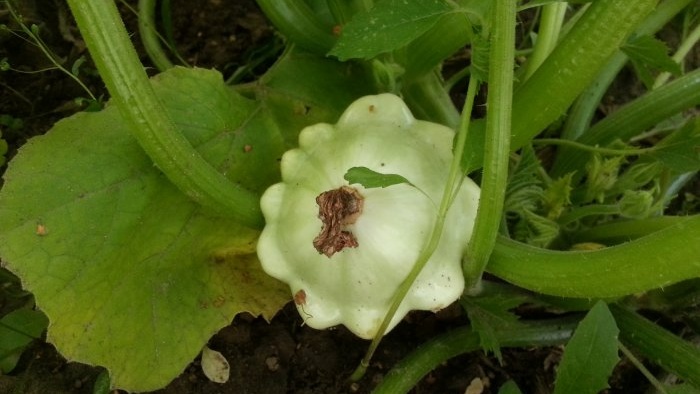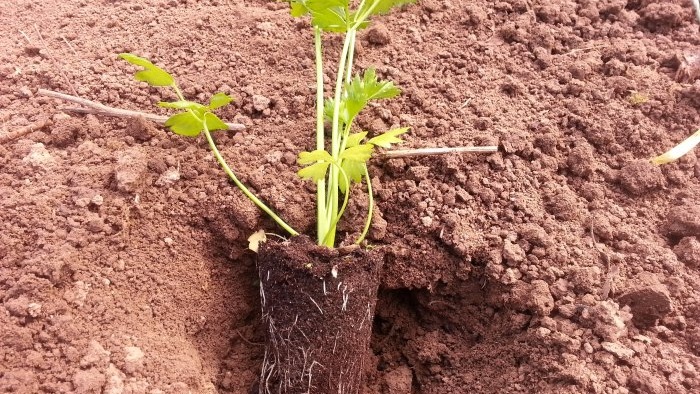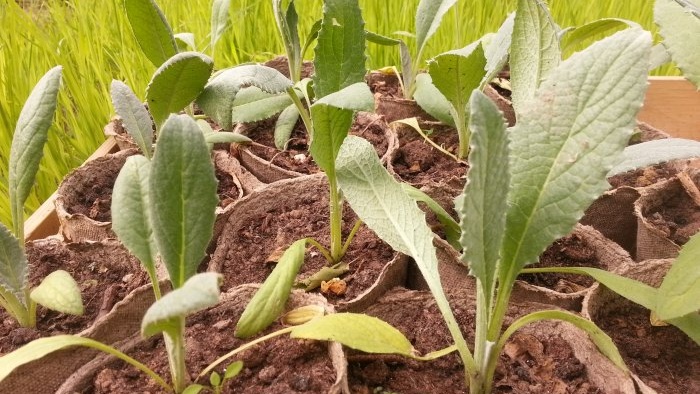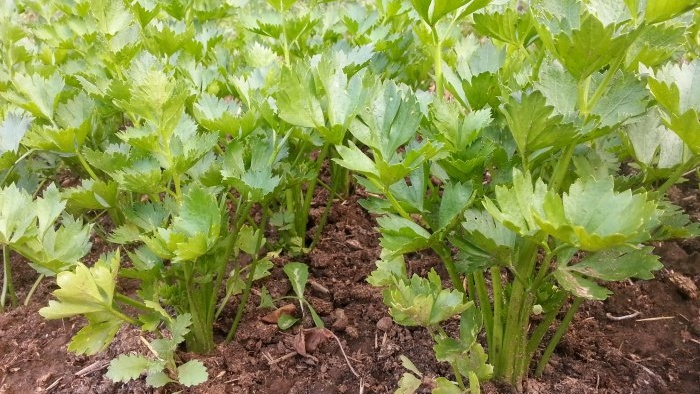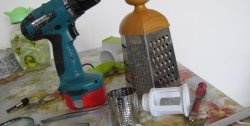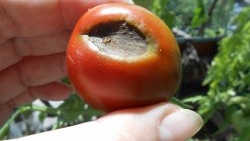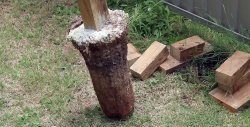Like all gardening, growing vegetables requires experience. And although many vegetable crops are not too demanding, plants can sometimes be very unpredictable. So to help all new gardeners out there, here are 10 of the most common mistakes you should avoid to ensure a bountiful vegetable harvest.
1. Erratic fit
Many people start planting vegetables because they want to eat food that is free of excess fertilizers and pesticides. Agree that it is always more pleasant to prepare a salad from fresh and aromatic tomatoes picked from your own bush than tasteless ones from the nearest supermarket. However, starting a garden without proper planning and preparation is like building a house without a plan!
Growing a large number of vegetables is quite a difficult task, so soberly evaluate your knowledge, time, effort, investment and the place where you plan to plant.So, if you start growing little-known vegetable crops at once, you can skip preparatory steps, such as studying the cultural needs of various crops, testing and improving the soil, early sowing of seeds, timely installation of cold protection, etc., which will ultimately lead to poor or complete absence of harvest.
2. Choosing the wrong varieties
If you buy seeds based on a beautiful picture, then you are making a big mistake. Even experienced gardeners often fall under the spell of beautiful packaging and forget about the most important criteria: a description of the variety and growing conditions. And while many growers are likely to exaggerate the benefits of their product, even this is not as important as buying a variety that is not suitable for your climate and growing conditions. Exotic ornamental vegetables may be of interest, but most are not worth your time or effort.
3. Wrong choice of location
When it comes to flowers, some love light and others prefer partial shade, but vegetables are more demanding, so reserve the best areas in your garden for them.
- Most fruit crops require at least 6-8 hours of sunlight. Root vegetables are a little less demanding; they only need 4-6 hours in the open sun, and can spend the remaining period in partial shade. Therefore, if your garden is in the shade most of the day, it is best to limit yourself to primarily growing leafy vegetables.
- Also, the garden should be located as far as possible from trees. In addition to the shade they cast, their strong roots will draw much of their soil's moisture and nutrients. Rotting leaves can also make the soil too acidic.
- If the soil in your garden is heavy, which prevents the development of roots, be sure to add a lot of compote or humus to it.
- And keep in mind that vegetables do not grow well in windy areas, so some tall species may require support or even protection.
4. Soil unprepared for planting
Although it may seem unnecessary to spend money on special substrates and fertilizers, soil care is the most important thing. High-quality soil will ensure high yields, and what you invested in seeds and seedlings in the spring will pay off in the fall. Of course, you have two options: either make do with purchased fertilizer, or go to your local farmer for some cow or horse manure (manure is best applied to the soil late in the season). For the same purpose, you can use fallen leaves or finely mown grass.
By the way, most vegetables do not tolerate extremely acidic or alkaline soils, as well as poor soils. Therefore, it is always a good idea to check and adjust the soil pH and mineral content before planting. Thus, sandy soils do not contain enough nutrients, while clay soils are prone to compaction and do not provide good root outflow and drainage. Both can be normalized to a large extent by adding plenty of organic matter.
5. Hasty landing
Beginners are usually eager to start the gardening season so they can quickly see the results of their labors. However, experienced gardeners always carefully monitor the calendar, weather forecast and take into account the characteristics of different types of plants. It may be tempting to plant everything at once, but, unfortunately, this is not possible. Small seeds grow quickly and, with a lack of light, stretch out and do not develop foliage.And heat-loving vegetables such as tomatoes and peppers can die if planted outdoors before it gets warm enough. It is advisable to grow some vegetables, such as lettuce, from seedlings, as if it gets too hot, the tender seedlings will become bitter or die.
6. Over- or under-watering
Vegetables need large amounts of water, which is involved in the transport of nutrients and photosynthesis. However, under-watering or over-watering weakens the plants, which will not only affect the yield but also make the plants vulnerable to disease. Different crops require different amounts of water, so this point should be taken into account when planning your beds.
Excess water can also cause the development of root rot and fungal diseases (especially if the soil is poorly drained), and wash away nutrients from fertile soil. Therefore, it is always better to water a lot, but at longer intervals, rather than frequently and shallowly. This method promotes the formation of strong roots and hardening of plants.
7. Weeds
Caring for the beds is very important, so in addition to regular watering, you should not put off timely weeding, fertilizing and loosening the soil. Fruit plants do not like competition and struggle for water and nutrients, and therefore often lose to weeds. However, stay away from herbicides. The main benefit of growing your own vegetables is that you will get toxin-free food. Mulching and watering at the roots can help prevent and reduce the growth of weeds.
8. Too many seedlings
The natural desire is to try to plant as many vegetables as possible to get a good harvest.However, each culture needs its own space and its place in the sun. If you plant plants too close to each other, you will reduce their yield and at the same time increase the risk of various diseases and the spread of pests. Planting close together will eventually lead to crowding, which can be even worse than having weeds since all the plants are competing for the same nutrients. Therefore, maintain a distance between plantings so that the leaves do not touch each other.
9. Lack of fertilizers or their improper use
Many novice gardeners believe that plants have enough nutrition from the soil and do not need fertilizing. However, if you think logically, when harvesting we remove a certain amount of nutrients from the ground along with the fruits. Naturally, this amount of nutrients must be returned by applying organic and mineral fertilizers.
- Organic fertilizers (manure, compost, etc.) contain relatively few nutrients (tenths to hundredths of a percent), but they are important for the long-term maintenance of soil fertility (soil structure, water regime, ability to bind nutrients).
- Mineral fertilizers (incorrectly called artificial or chemical) are primarily used to replenish nutrients that are lost during harvest or missing from the soil or substrate.
Experienced gardeners can determine the deficiency of a particular element by certain signs and use special fertilizers to eliminate them. For example, symptoms such as thin stems and yellowed leaves are most often associated with nitrogen deficiency, and yellowing between the leaf veins is most often associated with iron deficiency.When a plant develops very dark new leaves, it may indicate a phosphorus deficiency, and crown rot in tomatoes is a sign of calcium deficiency. However, all these signs are conditional, since certain nutritional deficiencies and diseases can cause similar symptoms.
But too much fertilizer can cause problems. For example, nitrogen-rich soils promote excessive leaf growth but poor yields. Large amounts of some minerals in the soil affect the absorption of others. So, too much potassium can interfere with the absorption of magnesium, which is necessary for the formation of chlorophyll.
For beginners, it's best to use plenty of compost and organic fertilizers such as bone meal and fish meal, which provide nearly all the nutrients needed for plant growth, help balance pH, and encourage the growth of beneficial soil microbes.
10. Diseases and pests
Not every problem in the garden requires drastic action, but you can’t completely let the growth of your plants take its course. If you notice yellowing leaves or spots on them, inspect them carefully to determine the cause of the problem. Many insects like to lay eggs on the undersides of leaves, and early detection will help avoid the use of pesticides.
Aphids, mealybugs and other plant sap-feeding pests suppress plant growth and can even kill them. Therefore, keep their populations under control through organic control measures and get rid of slugs and caterpillars before they begin to reproduce.
Of course, you shouldn’t be zealous, because your goal is not to drive all insects out of the garden, but to protect your plants from harmful ones.In addition, there are several types of beneficial insects (for example, pollinators or ladybugs, which are natural enemies of aphids) that will also die if chemicals are used.
Be sure to read: how to get free fertilizer that will increase the yield and sugar content of tomatoes and other vegetables - https://enn.washerhouse.com/6298-besplatnoe-udobrenie-kotoroe-povysit-urozhaj-i-saharistost-tomatov-i-drugih-ovoschej.html


